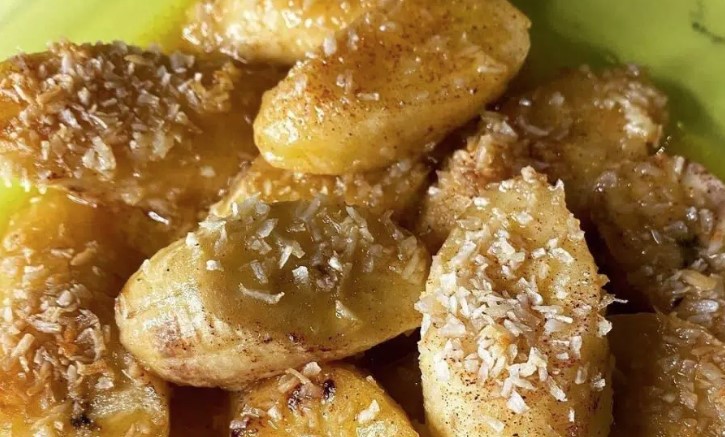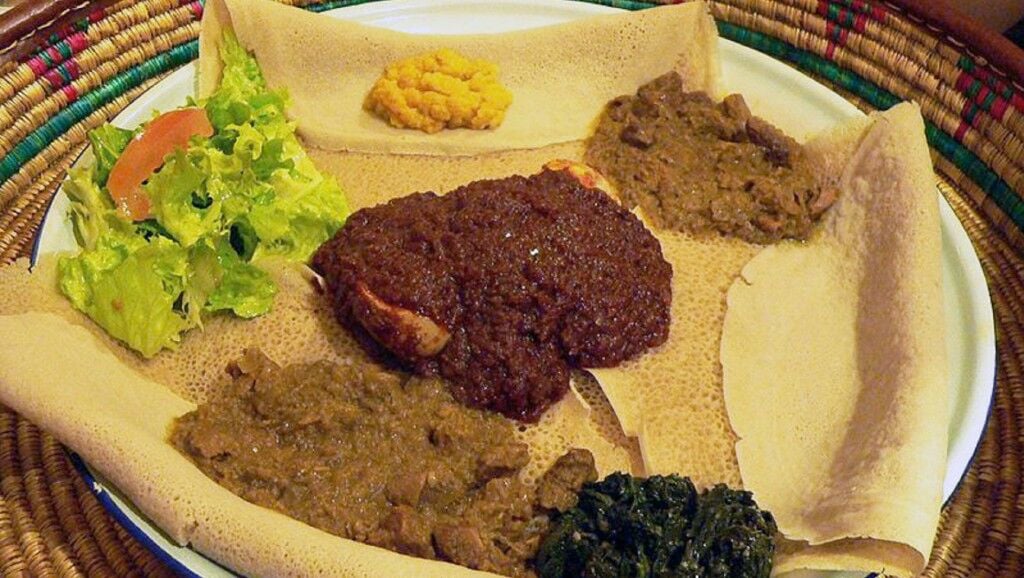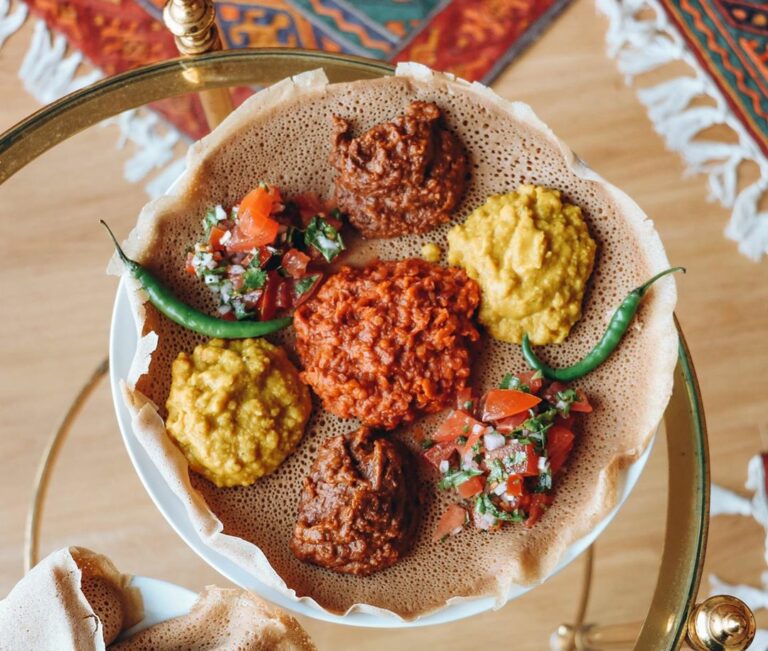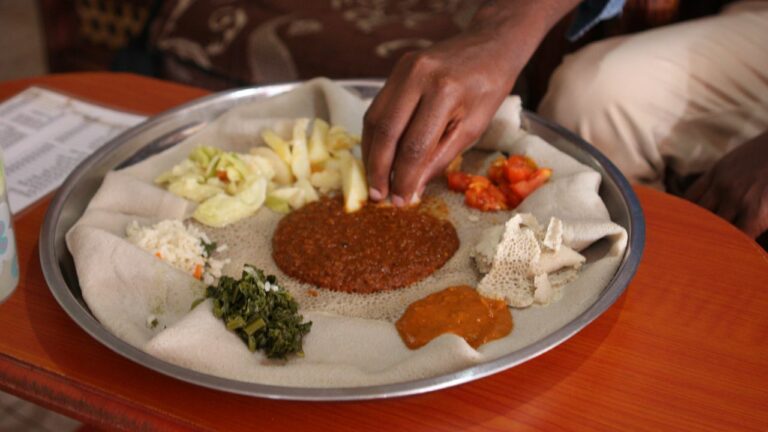Introduction: Equatorial Guinean cuisine
Equatorial Guinea, a small country located on the west coast of Central Africa, has a rich culinary tradition that reflects its diverse cultural heritage. The country’s cuisine is heavily influenced by Spanish, Portuguese, and African culinary traditions and makes use of locally sourced ingredients such as yams and plantains.
Yams: A staple in Equatorial Guinean cooking
Yams are a staple in Equatorial Guinean cuisine and are used in a variety of dishes. Yams are a starchy root vegetable that is similar in texture and taste to potatoes. They are an essential ingredient in many Equatorial Guinean dishes such as sopa, a traditional soup made with yams, chicken, and vegetables, and fufu, a staple food made from boiled yams that are mashed and formed into balls.
Varieties of yams used in Equatorial Guinean dishes
There are several varieties of yams used in Equatorial Guinean cooking, including white yams, yellow yams, and water yams. White yams are the most commonly used variety and are known for their starchy texture and mild flavor. Yellow yams are sweeter than white yams and are often used in desserts. Water yams are less starchy than white yams and are used in soups, stews, and porridges.
Nutritional value and health benefits of yams
Yams are a nutritious and healthy food that is rich in fiber, vitamins, and minerals. They are a good source of complex carbohydrates and provide sustained energy to the body. Yams are also rich in antioxidants, which help to protect the body from oxidative stress and reduce the risk of chronic diseases.
Plantains: Another essential ingredient in Equatorial Guinean cuisine
Plantains are another essential ingredient in Equatorial Guinean cuisine and are used in a variety of dishes. Plantains are a member of the banana family but are larger and starchier than bananas. They are a versatile ingredient that can be boiled, fried, baked, or mashed.
How plantains are prepared and used in Equatorial Guinean dishes
Plantains are used in a variety of Equatorial Guinean dishes, including matoke, a dish made from boiled plantains that are mashed and served with a peanut sauce, and dodo, a dish made from fried plantains that are served as a side dish. Plantains are also used in desserts such as akara, a sweet fritter made from mashed ripe plantains.
Differences between plantains and bananas
Plantains are often confused with bananas, but there are several differences between the two. Plantains are larger and thicker than bananas and have a tougher skin. They are also less sweet than bananas and are typically cooked before they are eaten.
Conclusion: Yams and plantains contribute to the unique flavors of Equatorial Guinean cuisine
Yams and plantains are essential ingredients in Equatorial Guinean cuisine and contribute to the unique flavors and textures of the country’s dishes. These versatile ingredients are not only delicious but also nutritious, making them an important part of the Equatorial Guinean diet.










